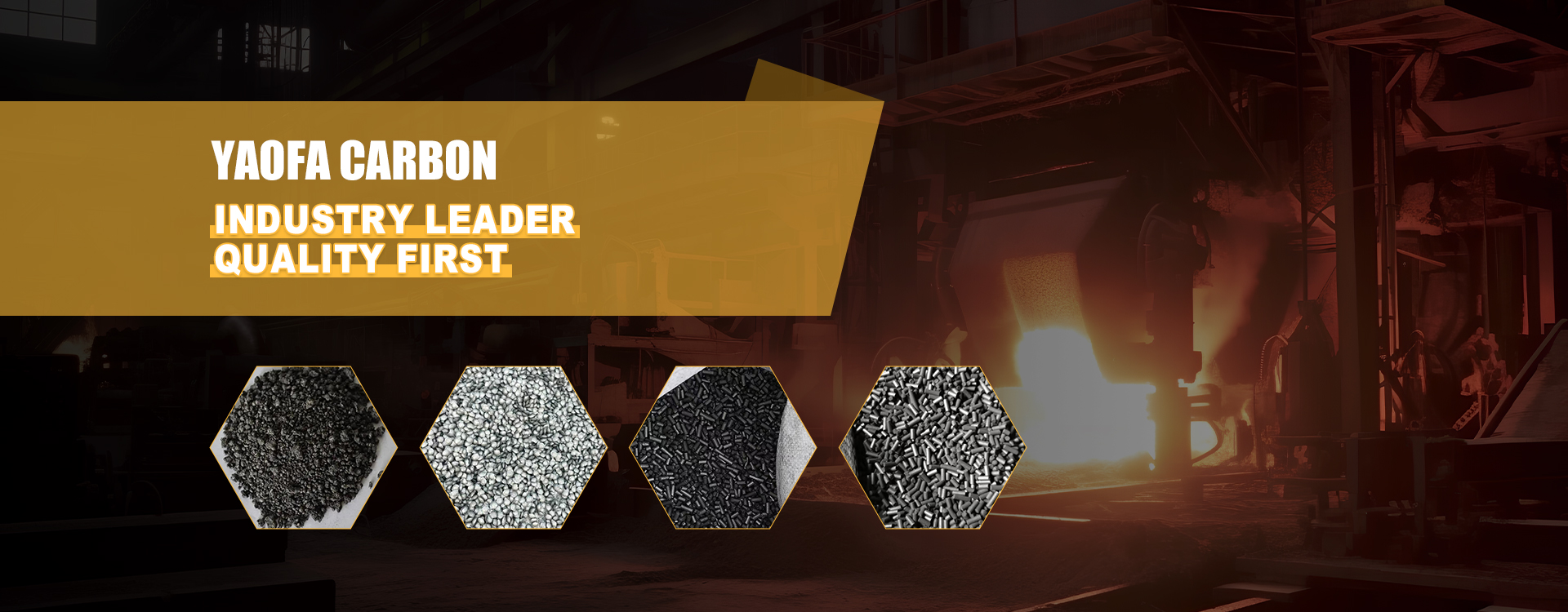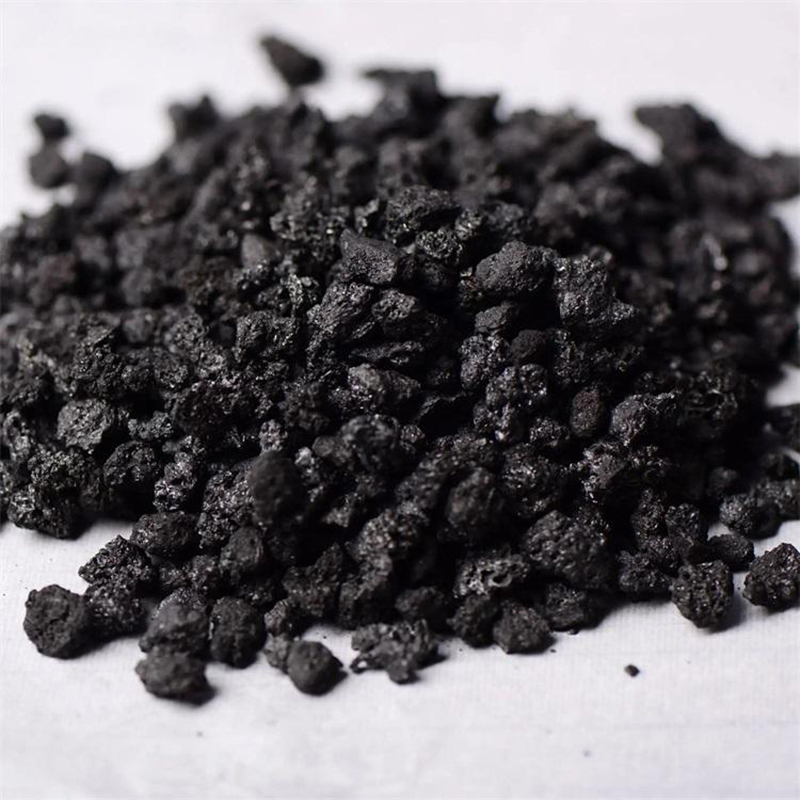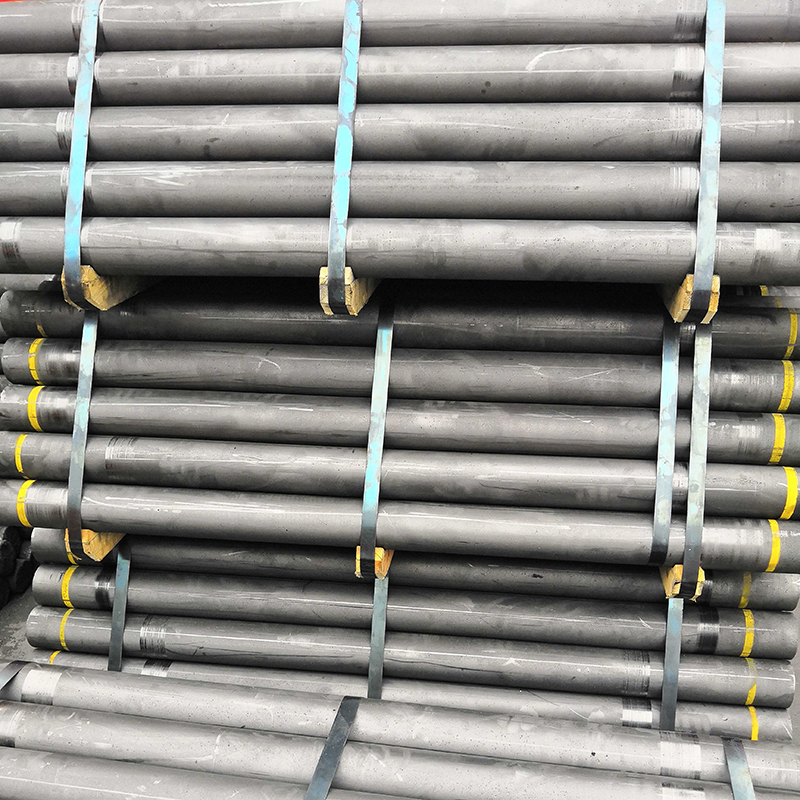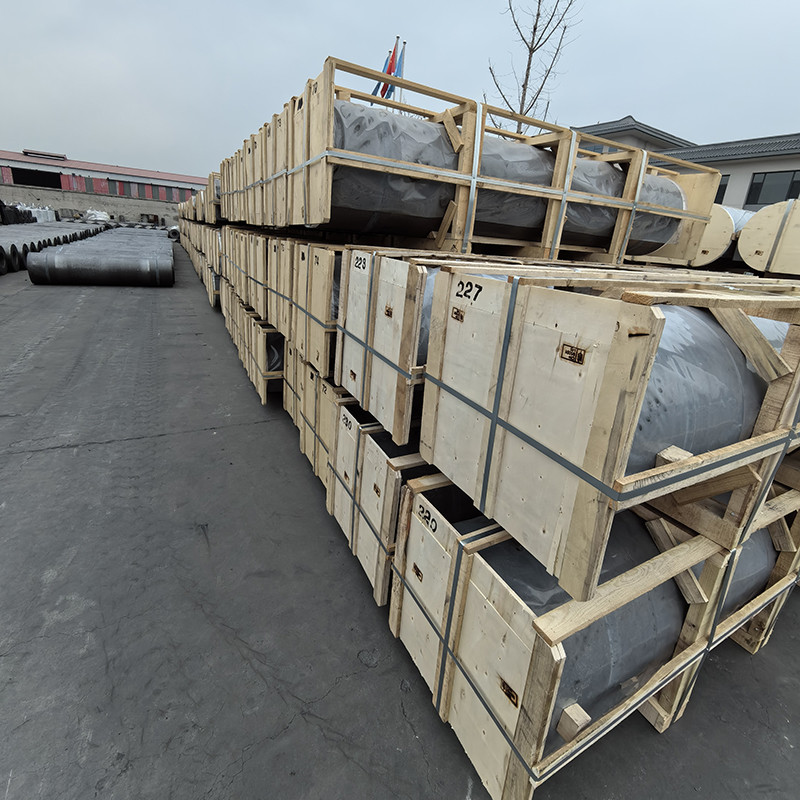- Chinese
- French
- German
- Portuguese
- Spanish
- Russian
- Japanese
- Korean
- Arabic
- Irish
- Greek
- Turkish
- Italian
- Danish
- Romanian
- Indonesian
- Czech
- Afrikaans
- Swedish
- Polish
- Basque
- Catalan
- Esperanto
- Hindi
- Lao
- Albanian
- Amharic
- Armenian
- Azerbaijani
- Belarusian
- Bengali
- Bosnian
- Bulgarian
- Cebuano
- Chichewa
- Corsican
- Croatian
- Dutch
- Estonian
- Filipino
- Finnish
- Frisian
- Galician
- Georgian
- Gujarati
- Haitian
- Hausa
- Hawaiian
- Hebrew
- Hmong
- Hungarian
- Icelandic
- Igbo
- Javanese
- Kannada
- Kazakh
- Khmer
- Kurdish
- Kyrgyz
- Latin
- Latvian
- Lithuanian
- Luxembou..
- Macedonian
- Malagasy
- Malay
- Malayalam
- Maltese
- Maori
- Marathi
- Mongolian
- Burmese
- Nepali
- Norwegian
- Pashto
- Persian
- Punjabi
- Serbian
- Sesotho
- Sinhala
- Slovak
- Slovenian
- Somali
- Samoan
- Scots Gaelic
- Shona
- Sindhi
- Sundanese
- Swahili
- Tajik
- Tamil
- Telugu
- Thai
- Ukrainian
- Urdu
- Uzbek
- Vietnamese
- Welsh
- Xhosa
- Yiddish
- Yoruba
- Zulu
- Kinyarwanda
- Tatar
- Oriya
- Turkmen
- Uyghur

China graphite felt
Understanding the Role of Graphite Felt in China's Carbon Industry
Graphite felt, often underestimated, plays a crucial role in various thermal and electrical applications. Yet, many are unaware of its significance, especially in China's thriving carbon industry. Let’s dig into what makes it unique and essential, sharing insights from both triumphs and trials in the field.
The Basics of Graphite Felt
First off, Graphite felt isn't just any insulation material. It's a high-performance offering in terms of thermal management. Many in the field have heard of it in contexts like batteries or furnaces, but few truly appreciate the technology behind it. It provides a balance of heat insulation and conductivity that’s hard to match.
One often encounters a misconception: graphite felt is just for niche applications. This isn't true. We've seen it used effectively in a wide array of industries, from energy storage systems to metallurgy. Its adaptability is one of its strongest suits.
I remember during one project, aiming to optimize the performance of a thermal processing unit, the choice of insulation was crucial. The decision to use graphite felt dramatically increased efficiency, showcasing its practical benefits. It wasn’t just theory – the results were tangible.
Hebei Yaofa Carbon Co., Ltd. and its Offerings
Speaking of expertise, Hebei Yaofa Carbon Co., Ltd. stands out as a large carbon manufacturer in China, with over 20 years of experience. They've built a solid reputation for high-quality carbon materials, including graphite felt. Their detailed product information can be found on their website, Yaofa Tansu.
This company primarily produces carbon additives and graphite electrodes but doesn’t shy away from innovating in the felt domain. Their commitment to quality and performance often places them at the forefront of industrial applications.
I recall a visit to their facilities where the precision and attention to detail in their manufacturing process were evident. Such dedication is what sets them apart in a competitive market.
Challenges Faced in Implementation
While graphite felt offers many advantages, it doesn't come without its challenges. Sourcing consistent quality material can be tricky. Variations in density and fiber alignment can affect performance, as I’ve discovered through some trial and error in past projects.
Moreover, integrating this material into existing systems requires careful planning and adaptation. One can't just swap out old materials without considering the effects on the entire system. I learned this the hard way when a rush decision led to unforeseen compatibility issues.
Technical setbacks are part of the journey, though. They push for better standards and improvements in handling and application methods across the industry.
Real-World Applications
In practice, applications of graphite felt are vast. For instance, its role in high-temperature furnaces is well-documented, providing essential insulation with minimal weight addition. But don’t let its industrial appearances fool you; its uses in clean energy storage are equally cutting-edge and pioneering.
Take, for example, the rapid development in battery technologies. Graphite felt is instrumental in redox flow batteries, where its unique properties help manage temperature and enhance performance – a real game changer for sustainable energy solutions.
This versatility means constant evolution in its applications. Staying updated with the latest advancements is key for anyone involved in the carbon industry or looking to leverage graphite felt's capabilities.
Future Prospects and Innovations
Looking forward, the prospects for graphite felt are promising. Innovations are on the horizon that will likely expand its use and improve its efficiency. With companies like Hebei Yaofa Carbon Co., Ltd. pushing the envelope, we can anticipate even better materials in the near future.
Developments in nanotechnology, for example, might soon play a role in enhancing the thermal and electrical properties of graphite felt. My anticipation is that we'll see these improvements bridging gaps between traditional applications and emerging industries.
Ultimately, the narrative is clear: keeping an eye on these materials isn't just wise – it's essential for anyone keen on leveraging modern advancements in carbon science. The journey with graphite felt is just beginning, and the road ahead holds much promise.
Related products
Related products













